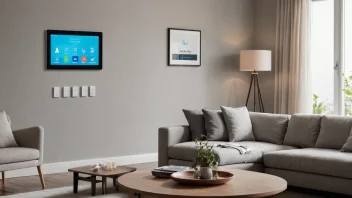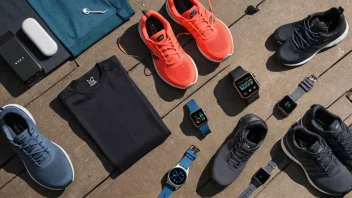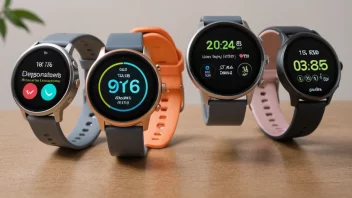In an age where technology continually evolves, wearables have emerged as powerful tools not just for tracking physical fitness but also for enhancing mental health. These devices can help you monitor stress levels, improve sleep quality, and even foster mindfulness. Whether you're a tech enthusiast or just looking for ways to maintain a healthy mind, understanding how to utilize wearables for mental wellness can be a game changer. Here are five practical ways to leverage these gadgets for better mental health.
1. Monitor Stress Levels
Many wearables come equipped with sensors that can track physiological indicators of stress, such as heart rate variability (HRV) and skin temperature. Here's how to use this data effectively:
- Understanding HRV: A decrease in HRV can indicate heightened stress. Use your wearable to track trends over time.
- Set Alerts: Some devices allow you to set notifications when stress levels rise, prompting you to take a break or practice a relaxation technique.
- Daily Check-ins: Make it a habit to check your stress data at the end of the day to recognize patterns and triggers.
2. Improve Sleep Quality
Quality sleep is crucial for mental well-being, and wearables can provide insights into your sleep patterns. Here's how to enhance your sleep:
- Track Sleep Stages: Use your device to monitor light, deep, and REM sleep stages, allowing you to optimize your sleep routine.
- Set a Regular Schedule: Some wearables offer reminders to go to bed and wake up at the same time each day, helping to regulate your circadian rhythm.
- Wind Down: Use sleep-related features like guided breathing exercises or calming sounds before bed to help you relax.
3. Foster Mindfulness and Meditation
Mindfulness practices can significantly enhance your mental health, and wearables can facilitate this journey. Consider these options:
- Guided Meditations: Many wearables offer built-in meditation apps that guide you through mindfulness exercises.
- Breath Control: Utilize breathing exercises available on your device to help center your thoughts and reduce anxiety.
- Daily Reminders: Set reminders on your wearable to take mindfulness breaks throughout the day, even if just for a few minutes.
4. Stay Connected with Your Emotions
Wearables can help you become more in tune with your emotional health. Here are ways to engage with your feelings:
- Journaling Prompts: Some devices allow you to log your mood or feelings, helping you identify emotional patterns.
- Reflection: Dedicate a few minutes each day to reflect on your mood data and identify triggers or positive influences.
- Social Sharing: If comfortable, share insights with friends or family, fostering conversations about mental health.
5. Set and Achieve Mental Health Goals
Using wearables can help you set and track mental health goals, making your journey more structured:
- Goal Setting: Define specific mental health objectives, such as practicing gratitude or reducing screen time.
- Progress Tracking: Use your device's tracking features to monitor your progress and celebrate small victories.
- Accountability: Share your goals with a trusted friend or family member to increase accountability and support.
In conclusion, wearables are not just for fitness enthusiasts; they can play a vital role in enhancing mental health. By monitoring stress levels, improving sleep quality, fostering mindfulness, staying connected with emotions, and setting achievable goals, you can utilize these devices to create a healthier mental space. As technology continues to advance, integrating wearables into your daily routine could be a significant step toward a more balanced and mindful life.






